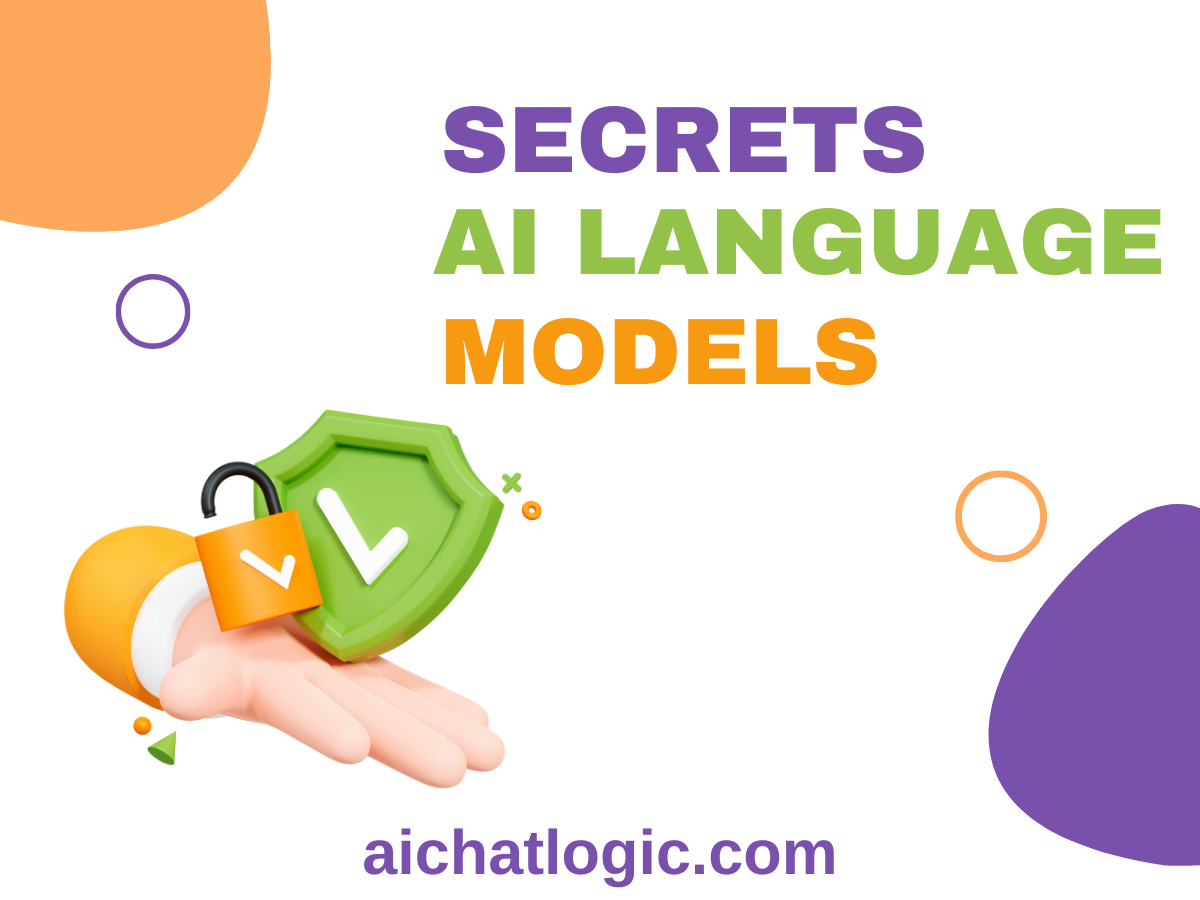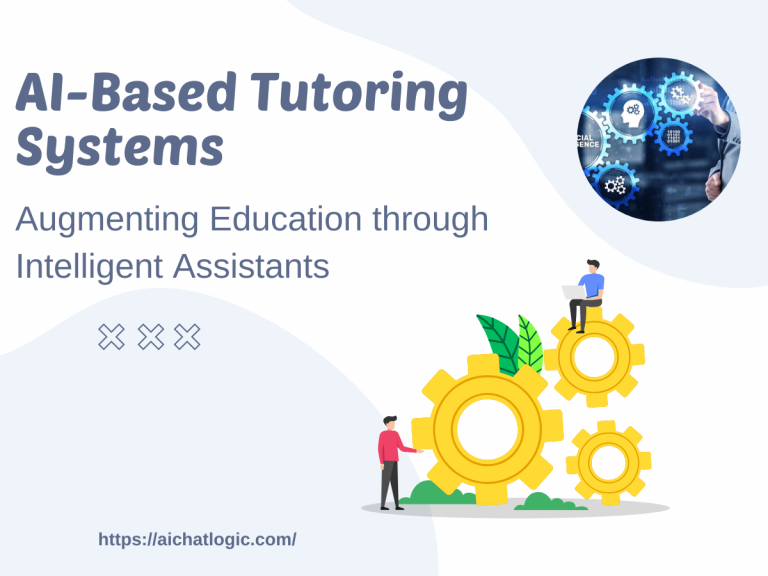In today’s rapidly advancing technological landscape, AI language models have emerged as a significant breakthrough in the field of natural language processing. These models, driven by complex algorithms and vast amounts of training data, are revolutionizing the way we interact with machines and unlocking new possibilities for human-machine collaboration. In this article, we will delve into the secrets behind AI language models and explore the language renaissance they have initiated.
The Evolution of Language Models
From Rule-Based Systems to Statistical Models
In the early stages of language processing, rule-based systems were used to decipher and generate human language. These systems relied on predefined linguistic rules, which often lacked the flexibility and adaptability required to handle the intricacies of natural language. As language data grew exponentially, statistical models emerged as a more effective approach to language processing.
The Emergence of AI Language Models
AI language models represent the pinnacle of language processing technology. These models leverage the power of machine learning and deep neural networks to process and generate human language with remarkable accuracy. They have the ability to understand context, infer meaning, and produce coherent and contextually relevant responses.
Understanding AI Language Models
What are AI Language Models?
AI language models are sophisticated algorithms specifically designed to comprehend and generate human language. They undergo training on extensive volumes of text data, allowing them to acquire knowledge of language patterns, structures, and subtleties. These models possess the ability to execute various language-related tasks, including text completion, summarization, translation, and even creative writing.
How do AI Language Models Work?
AI language models operate by employing a technique known as deep learning. They consist of multiple layers of interconnected nodes called neurons, which process and transform input data. Through a process called training, language models learn to recognize patterns and make predictions based on the data they are exposed to. Fine-tuning further refines these models for specific tasks or domains.
Training and Fine-tuning Language Models
Training AI language models involves exposing them to massive amounts of text data, such as books, articles, and websites. During training, the models learn to predict the likelihood of a word or phrase given its context. Fine-tuning takes this process a step further by tailoring the models to specific use cases, making them more accurate and reliable.
Unveiling the Secrets of AI Language Models
Unleashing the Power of Large-Scale Data
One of the secrets behind the success of AI language models lies in the utilization of vast amounts of data. These models learn from millions, or even billions, of sentences, allowing them to grasp the intricacies of language and generate contextually appropriate responses. The more data they are trained on, the better their language generation capabilities become.
Natural Language Processing Capabilities
AI language models possess advanced natural language processing (NLP) capabilities. They can understand and interpret human language, taking into account factors such as grammar, syntax, and semantics. This enables them to generate coherent and contextually relevant responses, mimicking human-like conversation.
Advanced Contextual Understanding
One of the key breakthroughs in AI language models is their ability to understand and generate text in context. They can effectively analyze the preceding words or sentences to determine the most probable next word or phrase. This contextual understanding greatly enhances their language generation capabilities, allowing for more accurate and meaningful responses.
The Language Renaissance: Transforming Industries
Revolutionizing Content Creation
AI language models are transforming the field of content creation. They can assist writers by suggesting ideas, generating outlines, and even completing sentences or paragraphs. This not only speeds up the writing process but also enhances the quality and creativity of the content produced. Content creators can leverage AI language models to boost their productivity and unlock new possibilities for storytelling.
Enhancing Virtual Assistants and Chatbots
Virtual assistants and chatbots are becoming increasingly prevalent in our daily lives. AI language models play a crucial role in powering these conversational agents. They enable virtual assistants and chatbots to understand and respond to user queries and commands with greater accuracy and naturalness. As these models continue to improve, virtual assistants and chatbots will become even more helpful and lifelike.
Breaking Language Barriers
Language barriers have long hindered effective communication and collaboration. However, AI language models are bridging this gap by enabling real-time translation between languages. With the power to comprehend and generate text in multiple languages, these models are making cross-lingual communication more accessible and efficient than ever before.
Ethical Considerations and Challenges
Bias and Fairness
AI language models are susceptible to bias present in the data they are trained on. Biased training data can lead to discriminatory or offensive outputs. Addressing these biases and ensuring fairness in language models is an ongoing challenge that requires continuous monitoring, data curation, and algorithmic improvements.
Misinformation and Fake News
The widespread use of AI language models also raises concerns regarding the generation of misinformation and fake news. These models have the potential to generate plausible but false information, leading to the dissemination of inaccurate or misleading content. Tackling this issue requires robust fact-checking mechanisms, responsible use of AI, and user awareness.
Privacy and Data Security
AI language models rely on vast amounts of data, which may include personal or sensitive information. Protecting user privacy and ensuring data security is of utmost importance. Developers and organizations must implement robust measures to safeguard user data and prevent unauthorized access or misuse.
Future Implications and Possibilities
Continued Advancements in Language Models
The field of AI language models is rapidly evolving, with continuous advancements being made. Researchers are exploring techniques to make models more efficient, capable of handling more diverse tasks, and improving their ability to understand and generate nuanced language. The future holds exciting possibilities for even more powerful and versatile language models.
Human-Machine Collaboration
Rather than replacing human writers, AI language models are more likely to augment their capabilities. Human-machine collaboration can lead to synergistic outcomes, where writers leverage the speed, creativity, and suggestions provided by AI models while adding their unique perspective and creative flair. This collaboration can revolutionize the writing process and unlock new levels of productivity and innovation.
AI in Language Learning and Translation
AI language models have the potential to revolutionize language learning and translation. They can assist language learners by providing personalized feedback, generating practice exercises, and facilitating immersive language experiences. In the field of translation, AI models can enhance the speed and accuracy of translations, enabling effective communication across different languages and cultures.
Conclusion
The language renaissance brought forth by AI language models has transformed the way we interact with machines and opened up new possibilities for human-machine collaboration. These models, with their advanced language generation capabilities and contextual understanding, are reshaping industries such as content creation, virtual assistance, and translation. However, ethical considerations, challenges, and the need for responsible AI usage should not be overlooked. As we move forward, striking a balance between the power of AI and the human touch will be key to harnessing the full potential of language models.
FAQs
Can AI language models replace human writers?
AI language models cannot fully replace human writers. While they can assist in various aspects of content creation, such as generating ideas or completing sentences, the creative and subjective aspects of writing are best handled by human writers. Human-machine collaboration allows for the best of both worlds, combining the speed and suggestions provided by AI models with the unique perspectives and creativity of human writers.
How do AI language models handle multiple languages?
AI language models can handle multiple languages by being trained on diverse multilingual datasets, unveiling their Secrets. They learn the patterns, structures, and nuances of different languages, enabling them to understand and generate text in various languages. This multilingual capability opens up opportunities for cross-lingual communication, translation, and global collaboration. The Secrets behind these models enable seamless language transfer and empower individuals and organizations to overcome language barriers, foster international connections, and engage in meaningful cross-cultural exchanges.
Are there any limitations to AI language models?
While AI language models have achieved impressive results, they do have limitations. They heavily rely on the data they are trained on, which can introduce biases or inaccuracies. Language models may sometimes generate plausible but incorrect information. Additionally, they may struggle with understanding context in certain complex scenarios. Continuous research, development, and responsible use are necessary to address these limitations and improve their performance.
How can businesses leverage AI language models?
Businesses can leverage AI language models in various ways, uncovering their Secrets. They can use these models to automate customer support through chatbots, create personalized content at scale, analyze and summarize large amounts of text data, and facilitate cross-lingual communication. By integrating AI language models into their operations, businesses can enhance efficiency, improve customer experiences, and gain a competitive edge. The Secrets behind these models provide businesses with valuable insights and opportunities to optimize their processes and stay ahead in today’s rapidly evolving digital landscape.
What are some popular AI language models available today?
There are several popular AI language models available today, including OpenAI’s GPT-3, Google’s BERT, Facebook’s RoBERTa, and many more. These models have been widely adopted in research, industry applications, and developer communities, revealing their Secrets. Each model has its own unique strengths and capabilities, and their usage depends on specific requirements and use cases. Researchers and developers continue to uncover the Secrets behind these models, pushing the boundaries of language generation and understanding.












+ There are no comments
Add yours